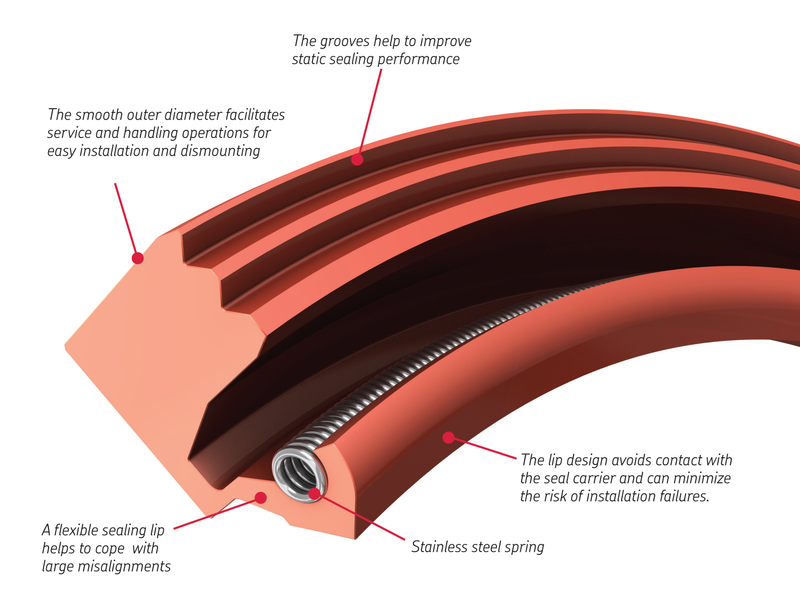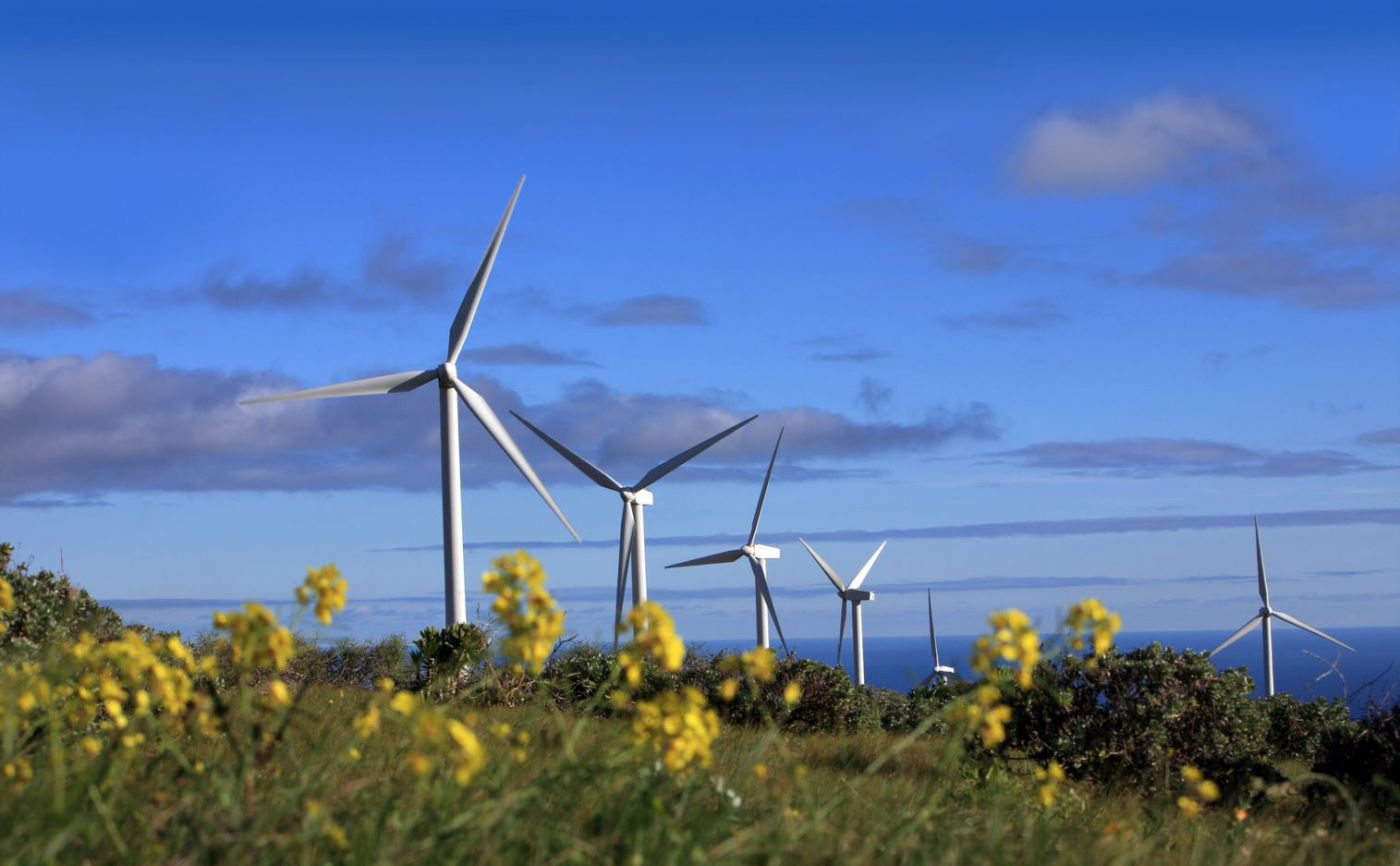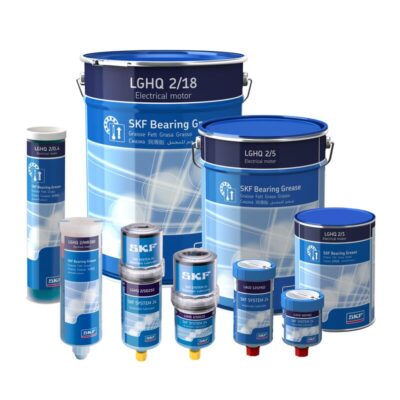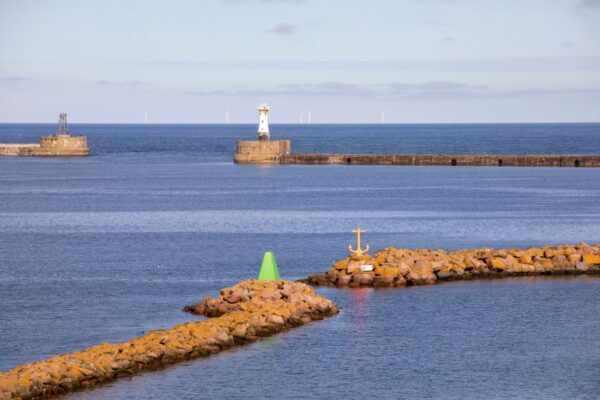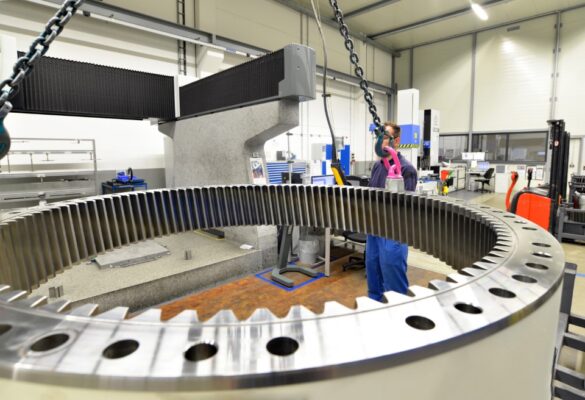Discussions about wind turbine component service life usually focus on factors such as maintenance practices, monitoring equipment, lubrication, and operating conditions. Industrial seals are rarely top of the agenda. This seems surprising as sealing solutions are at the heart of protecting bearings from lubricant starvation and contamination that would reduce service life. Not only this, seals also protect the environment by keeping lubricants confined within the bearing.
Where are seals used in wind turbines?
One of the most critical seals in a wind turbine is in the main shaft position. Main shaft bearings are key to a turbine remaining functional and these bearings are one of the more expensive components – often having long lead times. Gearbox seals are also immensely important. As is the case with the main shaft bearing, gearbox bearings are also regarded as a critical wind turbine component, where premature deterioration can have severe consequences – both operationally and financially. For this reason, seals need to reliably protect machinery. So, how can this be achieved and what are the potential obstacles?
Wind turbine seal challenges
Wind turbine manufacturers are now creating larger turbines to generate more power. These models experience greater loads and put key bearings under greater strain. This applies to seals too. Indeed, greater forces are more likely to lead to dynamic runout (DRO) and shaft to bore misalignment (STBM). Seals should be able to reliably handle these factors. This can be done by using materials that can accommodate misalignment and the related strain on the seal. Thermoplastics are usually good in such applications due to their high tensile strength and abrasion resistance. Rubber materials offer high flexibility and can deal with high levels of misalignment too.
Examples of other challenging conditions in larger designs are higher levels of vibration, UV radiation, ozone levels, and increased contact stress. In addition, wind turbine seals must be able to withstand the temperature changes expected in common wind turbine locations, such as on top of mountains or out at sea. To avoid damage as a result of temperature fluctuations, operators should use seals constructed from materials that can withstand the environmental conditions where they will be in service. Nitrile rubber (NBR) can cope with wide temperature ranges and offers good thermal stability. It may be a good option in a location with fluctuating conditions. Hydrogenated nitrile butadiene rubber (HNBR) is now also becoming more commonly used due to its enhanced aging properties against ozone cracking and UV radiation.
Meeting the demands of modern wind turbines
To rise to the challenge of designing seals that reliably perform for the wind energy sector, some manufacturers offer products specifically tailored to the needs of modern wind turbines. Enhanced lubricant retention can minimize the likelihood of leakage. Durable materials are also key in delivering reliability. Seal manufacturers should utilize materials such as polyurethane that can withstand abrasion and tearing. In addition to this, seals should use a little space as possible through compact design.
SKF has developed its own polyurethane HRS seals for wind turbines. They are made from G-ECOPUR, which offers high resistance to wear and can help operators achieve longer service life. The seals include many features that make them suitable for wind turbines, such as grooves that help static sealing performance, an optimized lip that helps avoid contact with the seal carrier, and a flexible sealing lip to deal with misalignment. Customization offers another benefit, as the seal can be manufactured to different size specifications thanks to a flexible manufacturing process.
